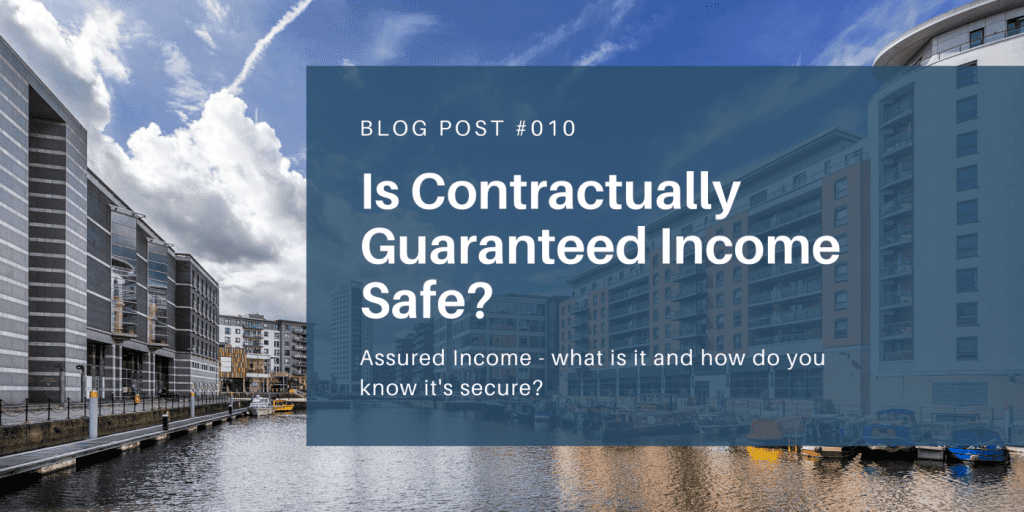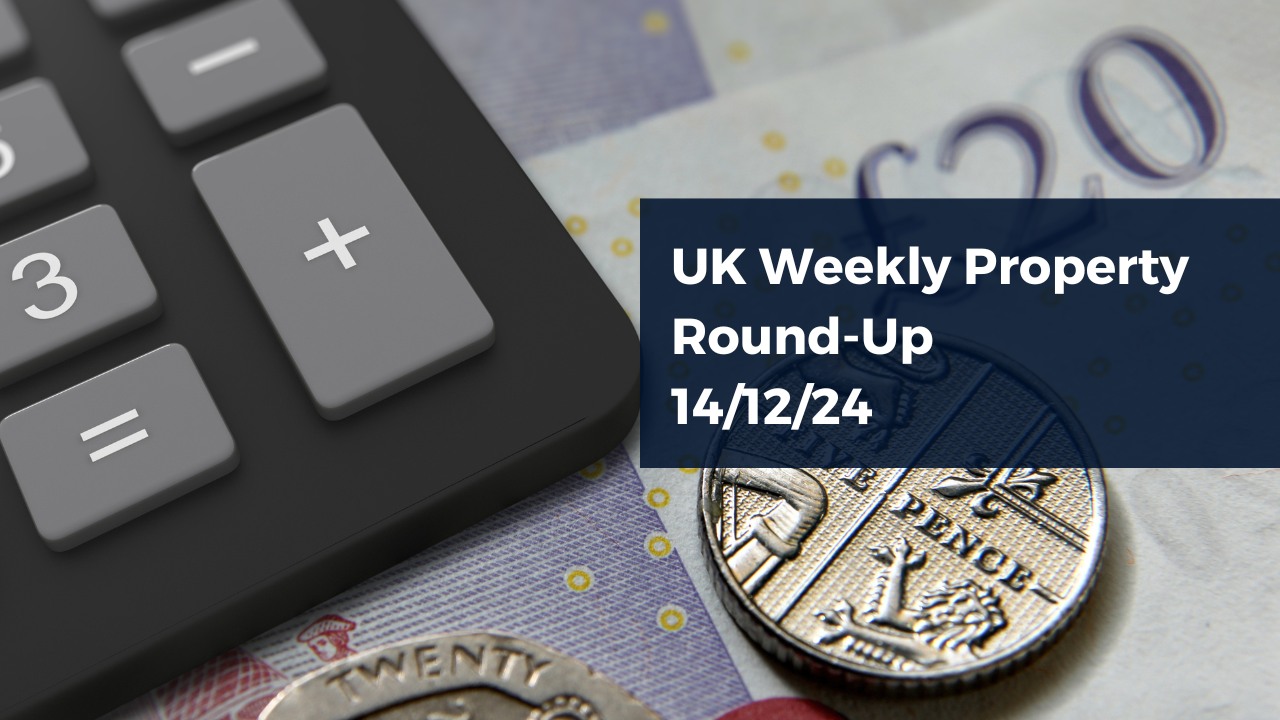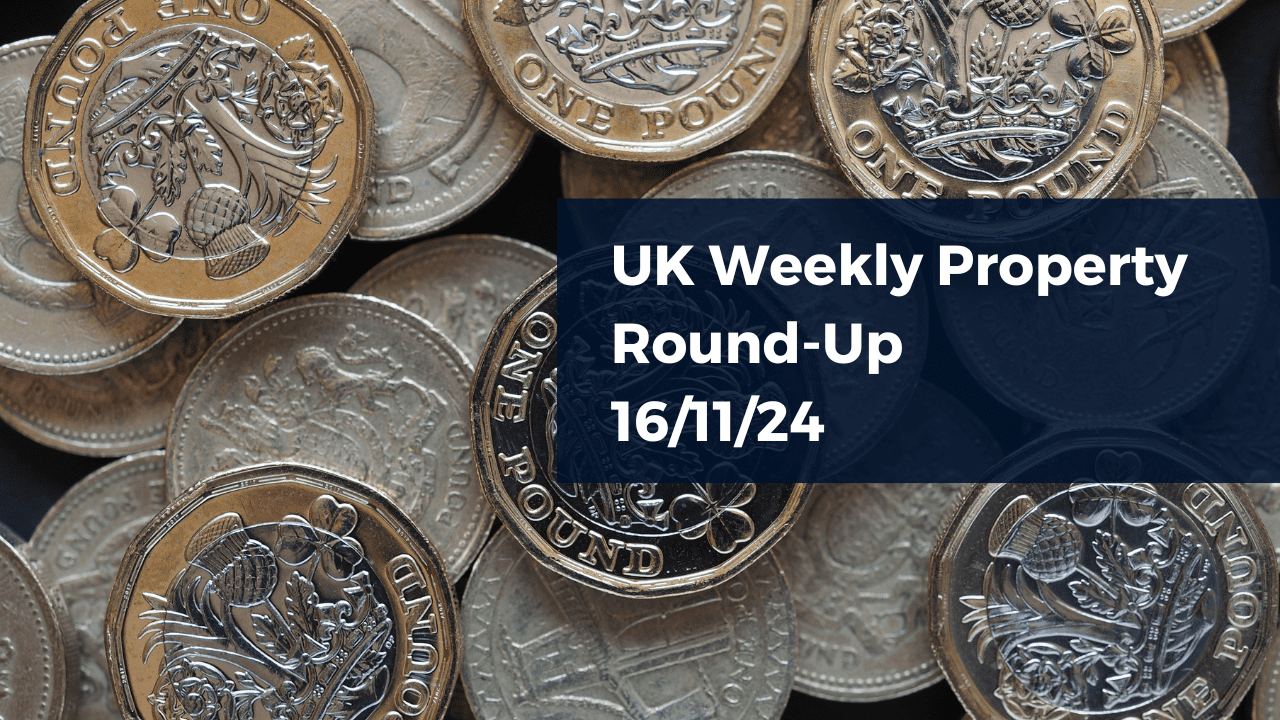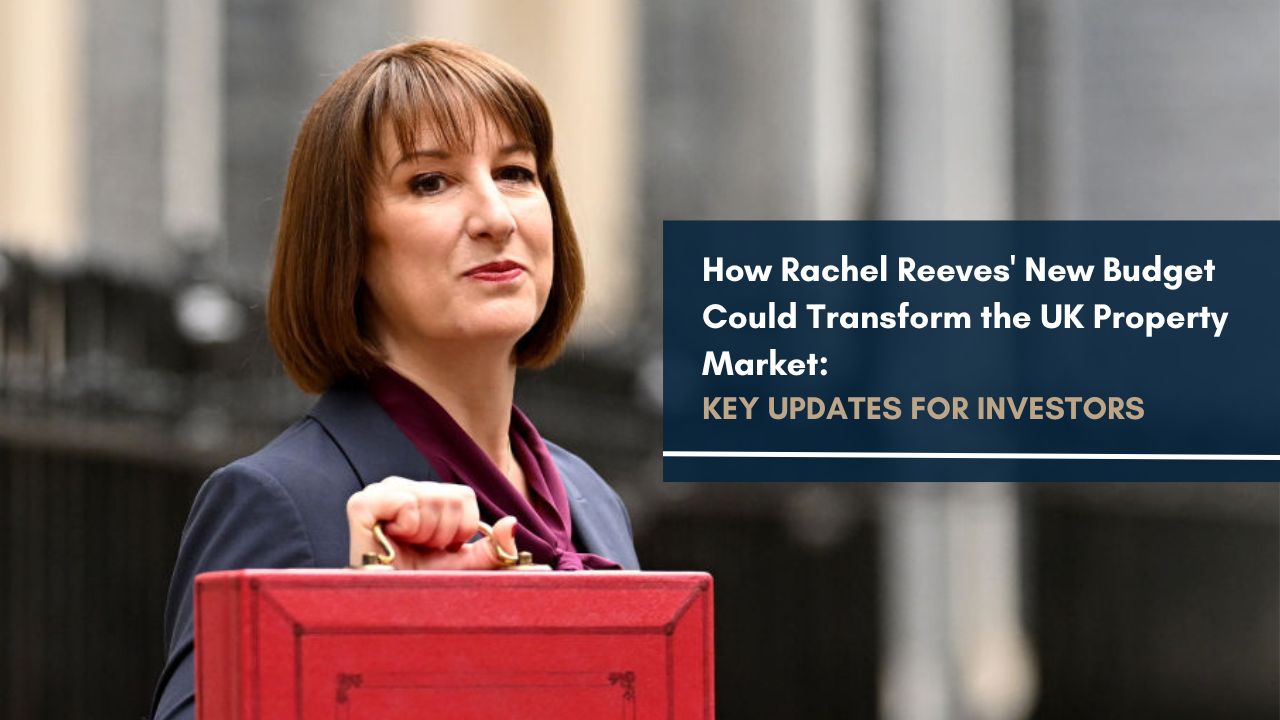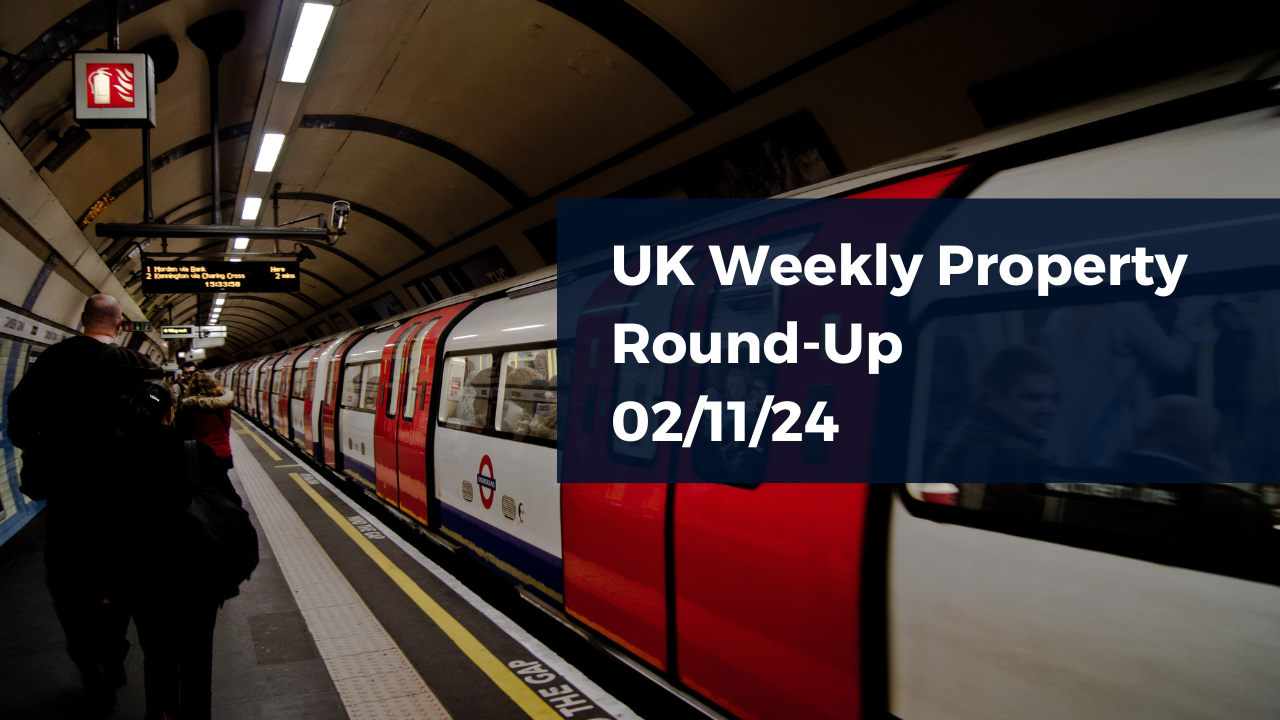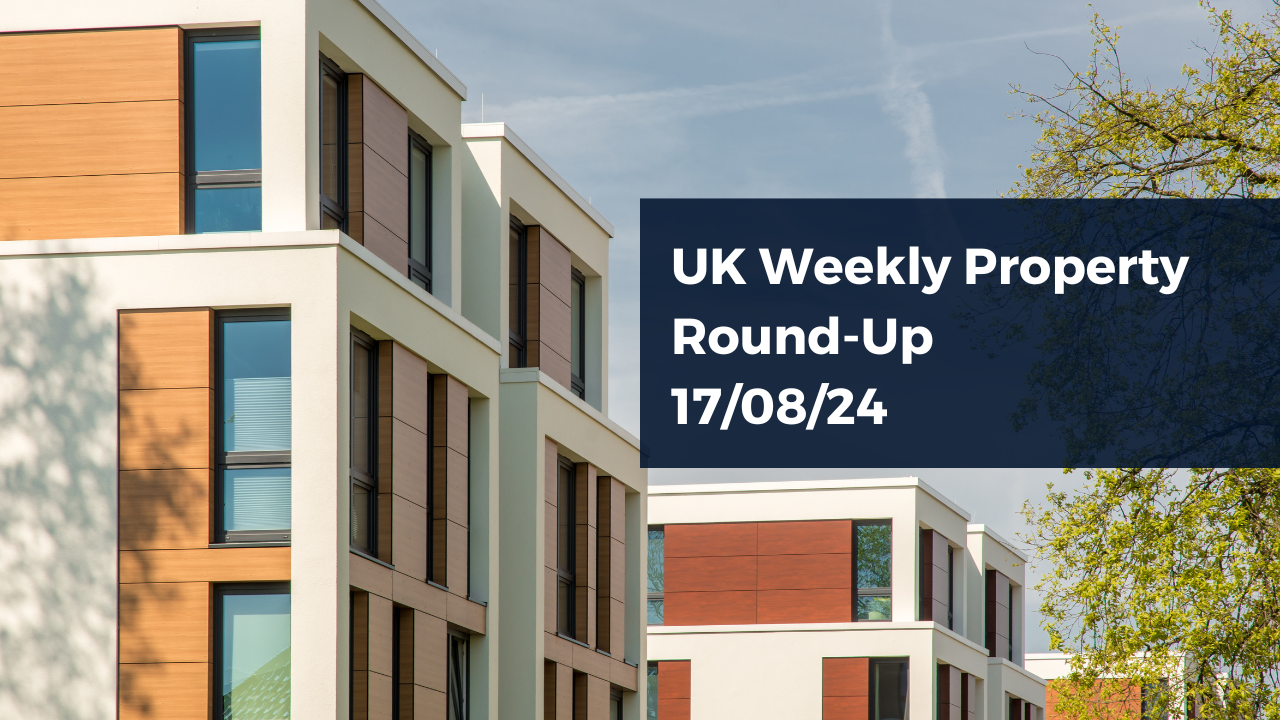The COVID-19 global pandemic had a significant effect on the strategy of property investors. Fixed returns and options with lower-risk profiles, in general, quickly become the preference for many.
Having worked with investors throughout the pandemic, it was a switch in priorities that we definitely noticed. In fact, we ended up recommending some of our clients look at opportunities offering a contractually guaranteed income and, as a result, we ended up having far more discussions than normal around the assurances and security of the structure.
Although COVID-19 has now passed (this article was written at the time and has since been updated), we wanted to address what a contractually assured income is, how to ensure it’s safe, and, hopefully, help you decide if it’s suited to your investment objectives.
Fixed income structure
It’s first worth clarifying that, most of the time, when you see a company advertising properties with fixed income, they will be the agent or broker, working with multiple developers to introduce investors to their opportunities. Reputable companies ensure investors only form an agreement with the investment provider directly for the contractual income – meaning the developer is specifically liable to ensure the contract is upheld.
You’ve probably seen ourselves, and other investment firms, market student accommodation, hotels, and care homes that you can’t find on Rightmove, all offering high fixed income. This income comes under a few names, for example, ‘rental assurance’ or ‘contractually guaranteed return’.
In essence, it’s all the same.
It is a legally binding contractual agreement with the investment provider, i.e. the developer or management company, to pay you this income irrespective of the performance of the asset or market fluctuations.
This legal agreement is through several specific documents. Investors purchase a unit in a development through the Sales and Head-Lease agreement, then you lease your unit back to the investment provider through an Under-Lease, and ultimately, the investment provider becomes your tenant, paying you the fixed rent advertised. All of which should be verified by a UK-regulated solicitor during the purchase process.
The investor benefits should be clear – it provides fixed income so issues such as occupancy rates, maintenance issues, late rental payments, and deposit issues should not be a concern as you will receive the fixed income either way. This provides buyers with peace of mind knowing every 3 months they will have the rental return paid directly into their nominated account, through a fully managed, hands-off investment.
A couple of points to think about…
It’s crucial to understand that investment decisions should not be made on the yield or rental assurance alone, we tend to have investors who just search for high returns and other investors who say it’s unrealistic – it all depends on their knowledge or experience of the market, 1000’s of properties are sold each year with 8-10% fixed rental returns and many developers have been paying these on time, every time, for years.
However, as responsible investors, and where we assist, is using clear evidence to show that the asset itself is likely to produce at least very close to, if not more than, the contractually fixed return. Investments should not just be purchased on a promise, even though it’s legally binding and you can take legal action if unpaid – we want to see what the property rents for, what the costs are and what the likely net return of the asset is. So, in other words, we are covered legally but also should apply practical common sense.
If the developer is promising 10% but the property is renting for £60 per week on an £80,000 purchase price, we know this is unrealistic as the developer is promising £8,000 per year but the rental income is only £3,120, so the developer is liable for the difference, which in the long term would cause issues. We simply avoid speculative developments and we wouldn’t under any circumstances bring such an investment to the market, our business would diminish rapidly, so you can be assured we do run our in-house due diligence on any project we advertise.
In contrast to the above example, we have care homes which let for £650-£950 per week, thus paying an 8-10% fixed return on a £70,000 investment is viable and sustainable even after operating costs, as the investor obligation is only £7000 per year at most but the asset produces £33,800 per year on the £650 price. So even after costs, there is still a hefty margin of safety.
So in short, don’t invest on the promise of a high return, you need to ensure it’s realistic that they can pay this income and also consider, it’s entirely possible the figure will be above the fixed rent in the coming years. Whilst you have the security of a fixed return, there are cases where properties will generate 9% and the developer is only contracted to pay 7% and keep the difference, which, of course, they are entitled to seeing as they’ve taken on the calculated risk.
Hopefully, that gives you a basic summary, that’s it from us today, wishing everyone a productive week!


